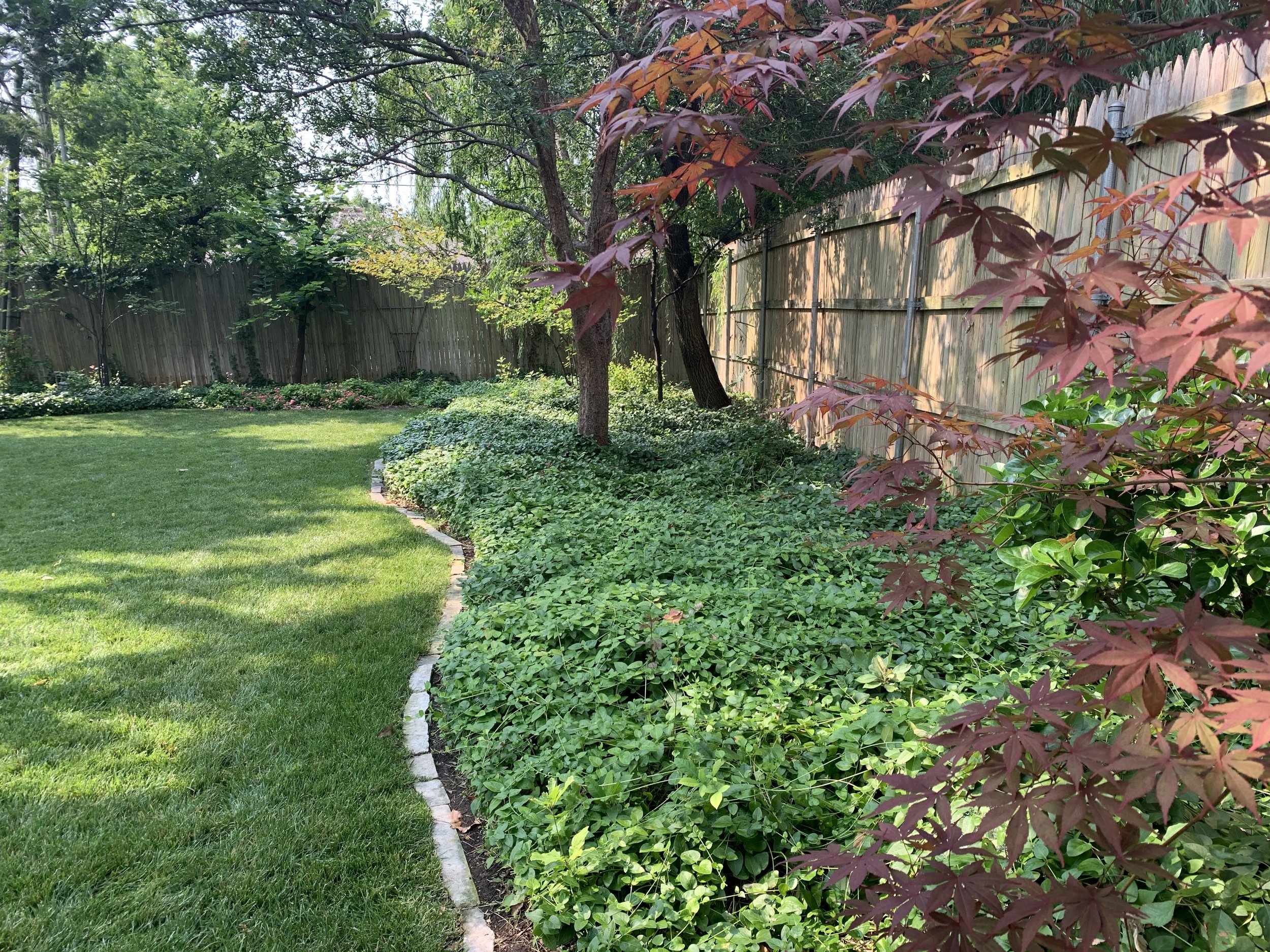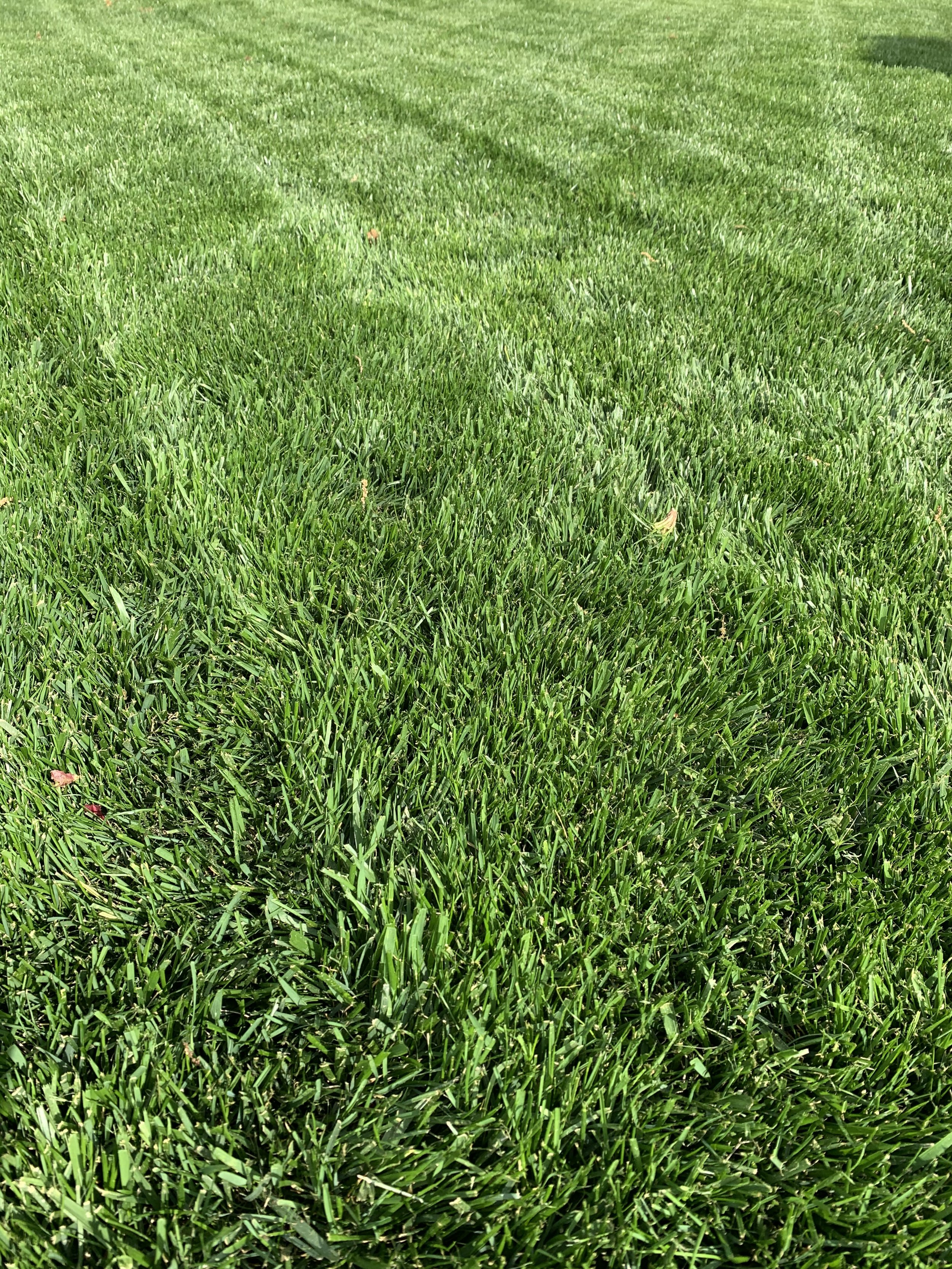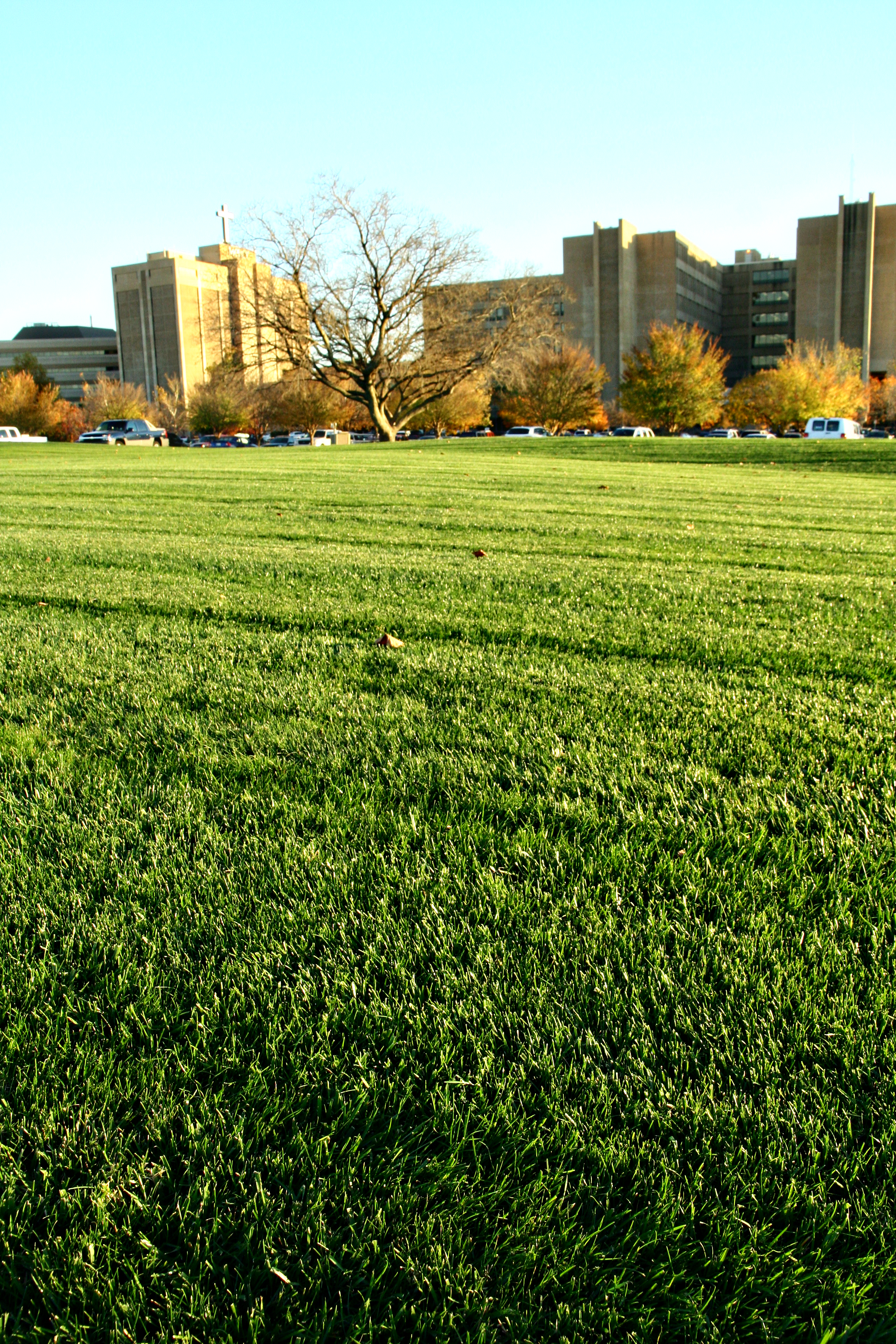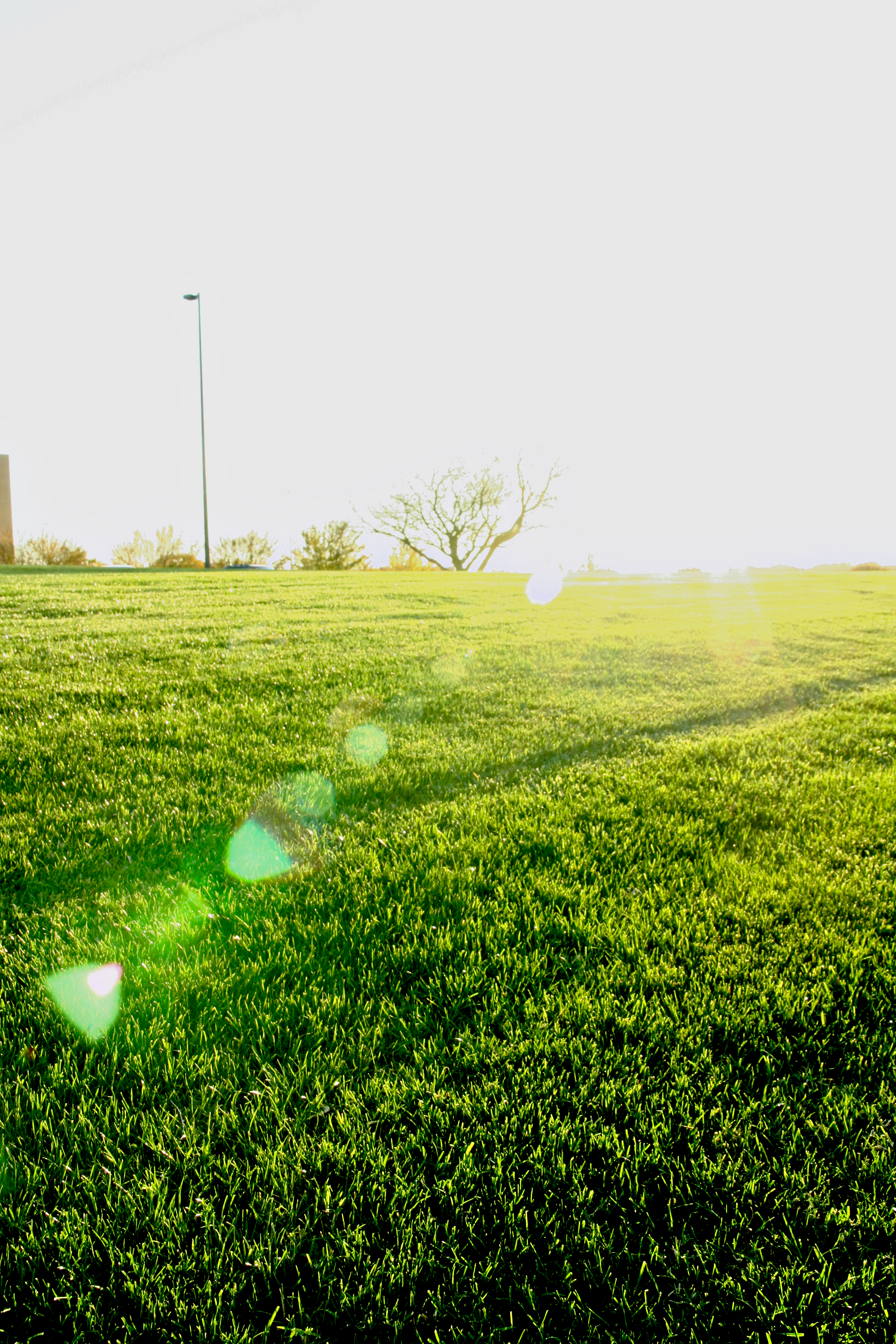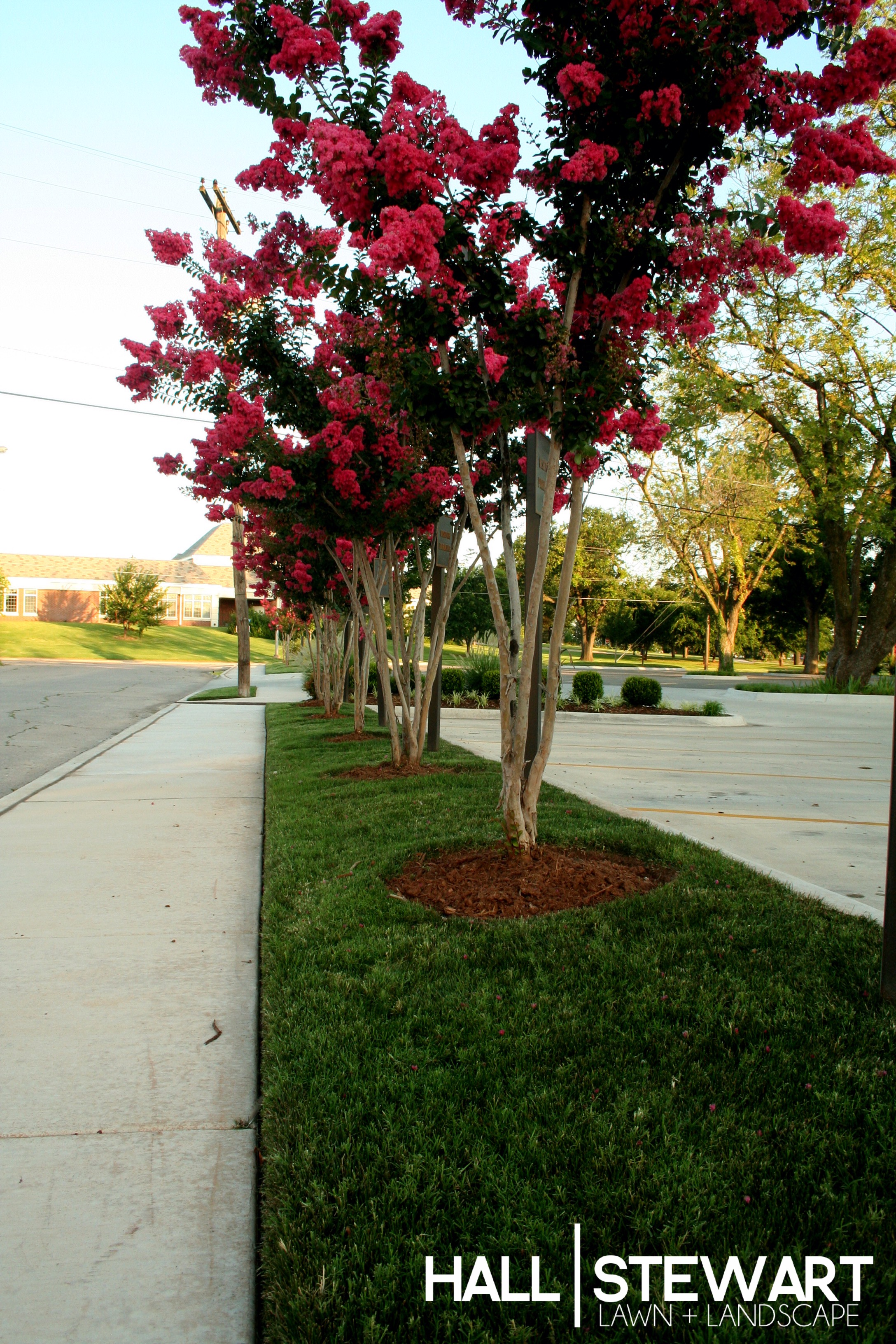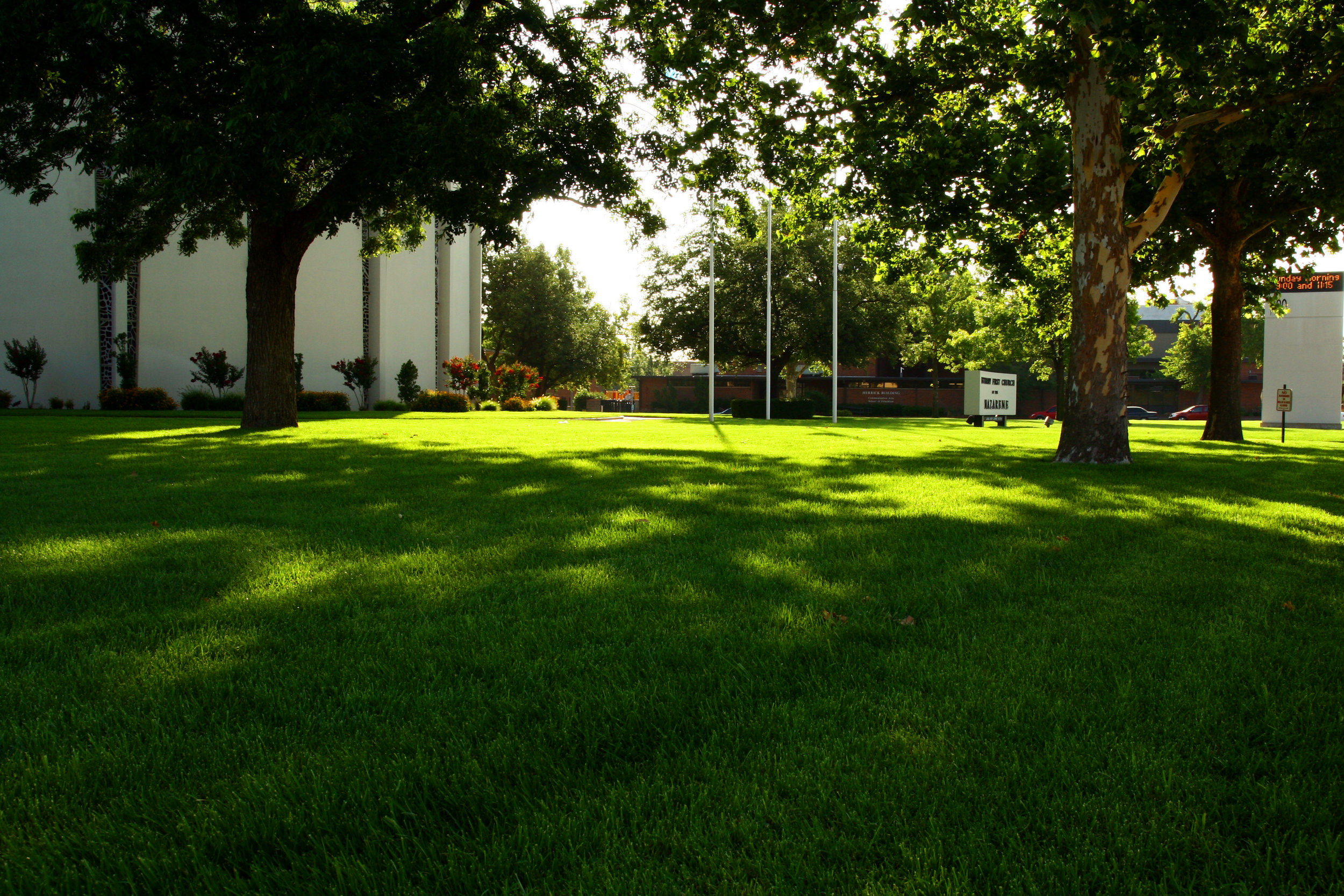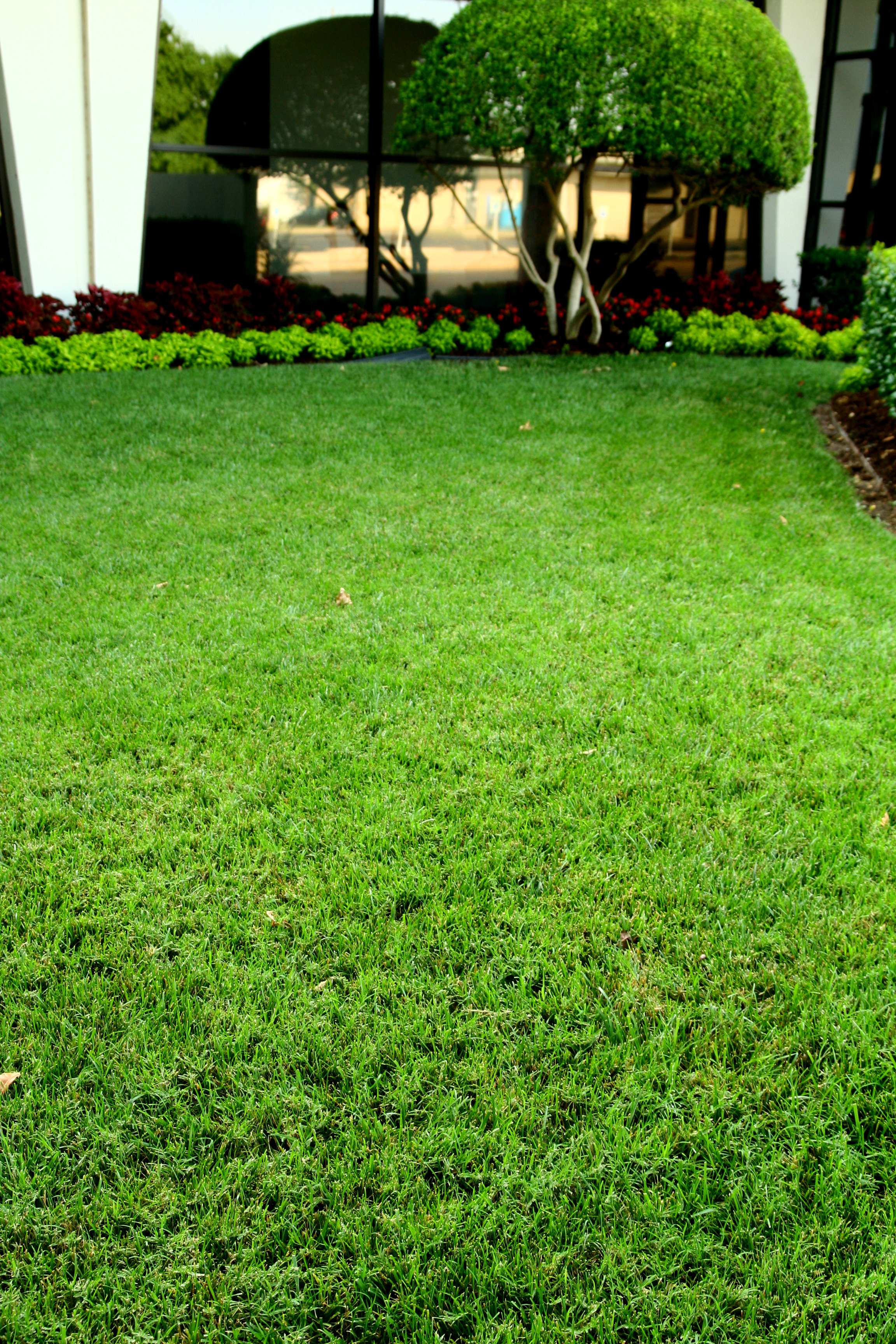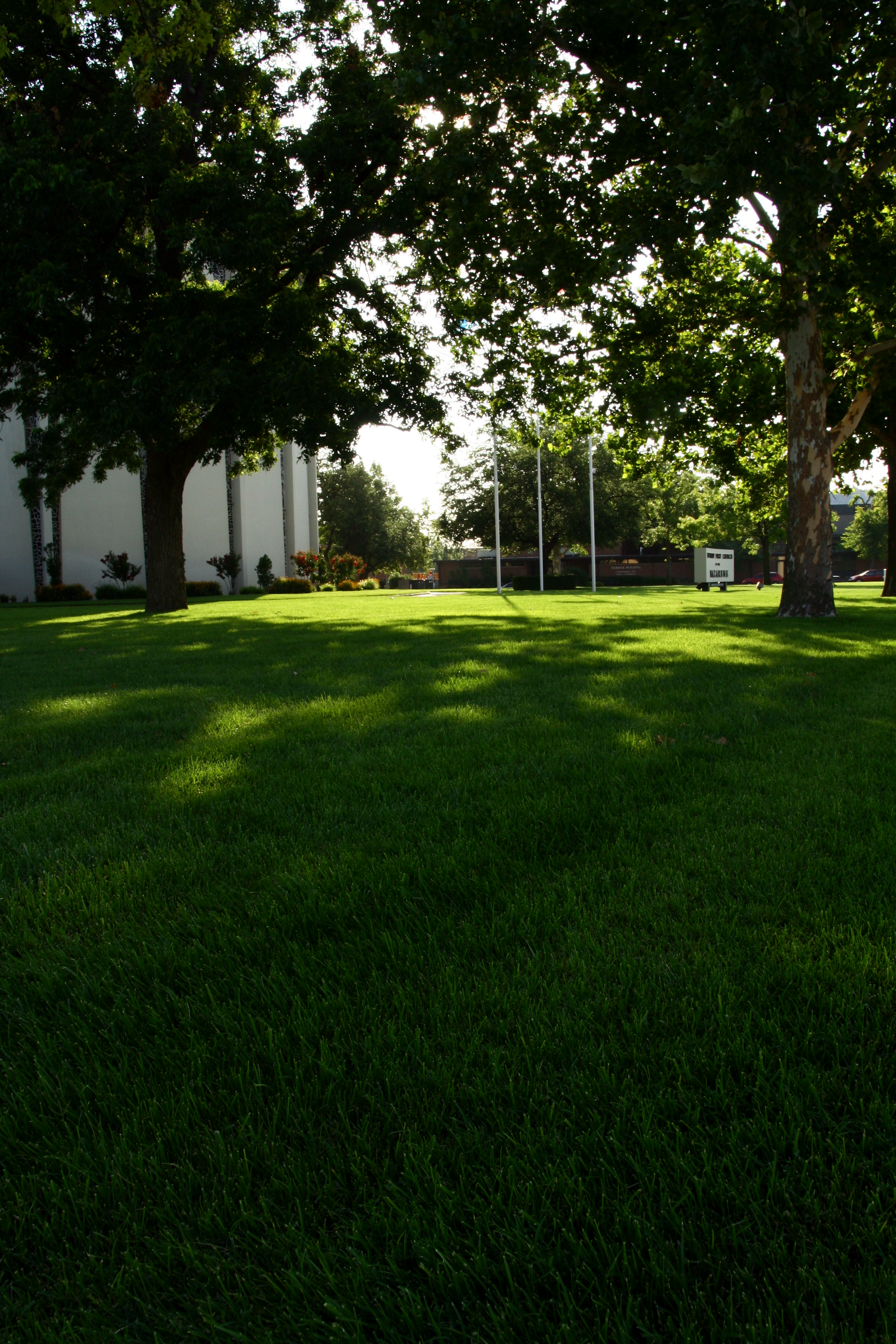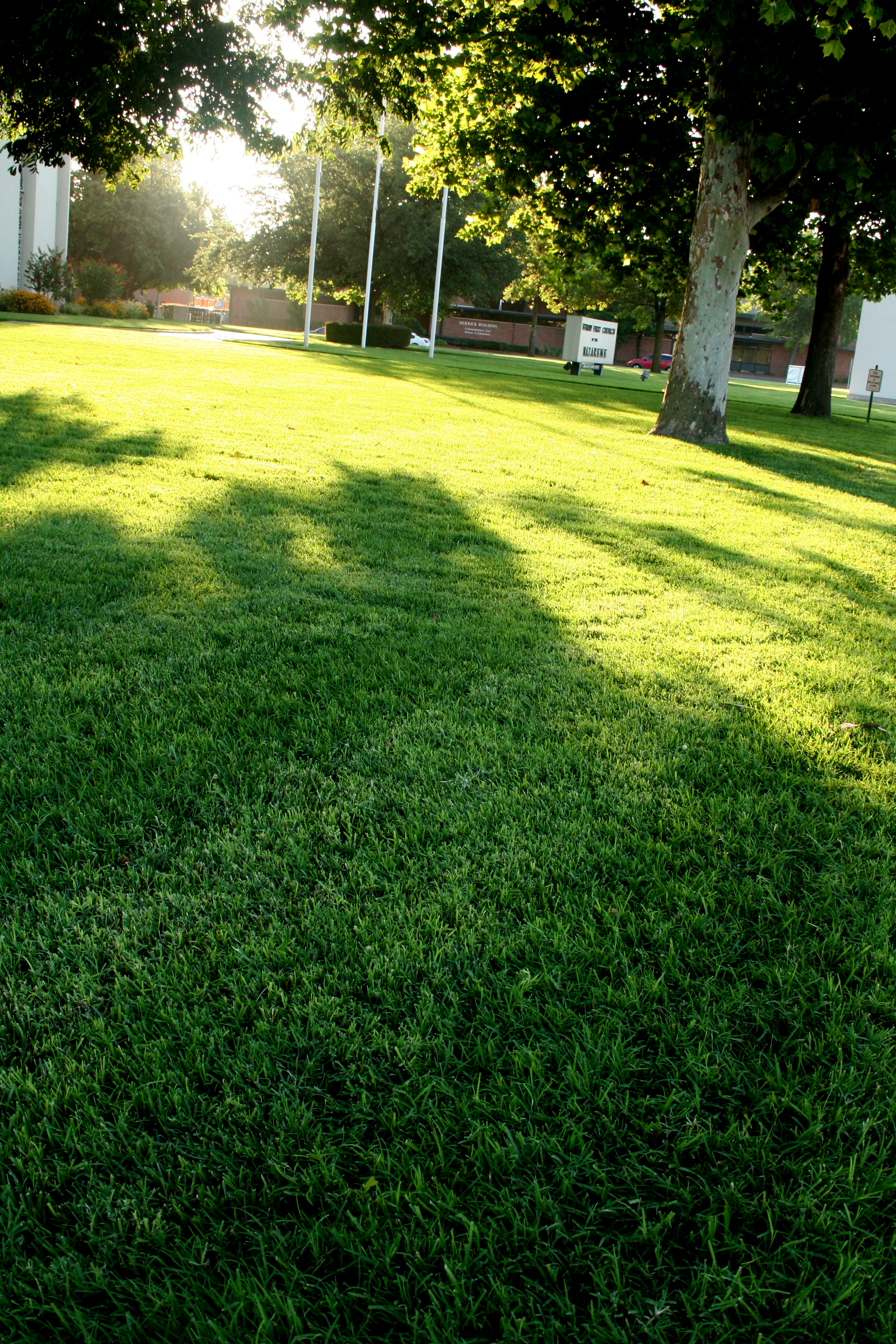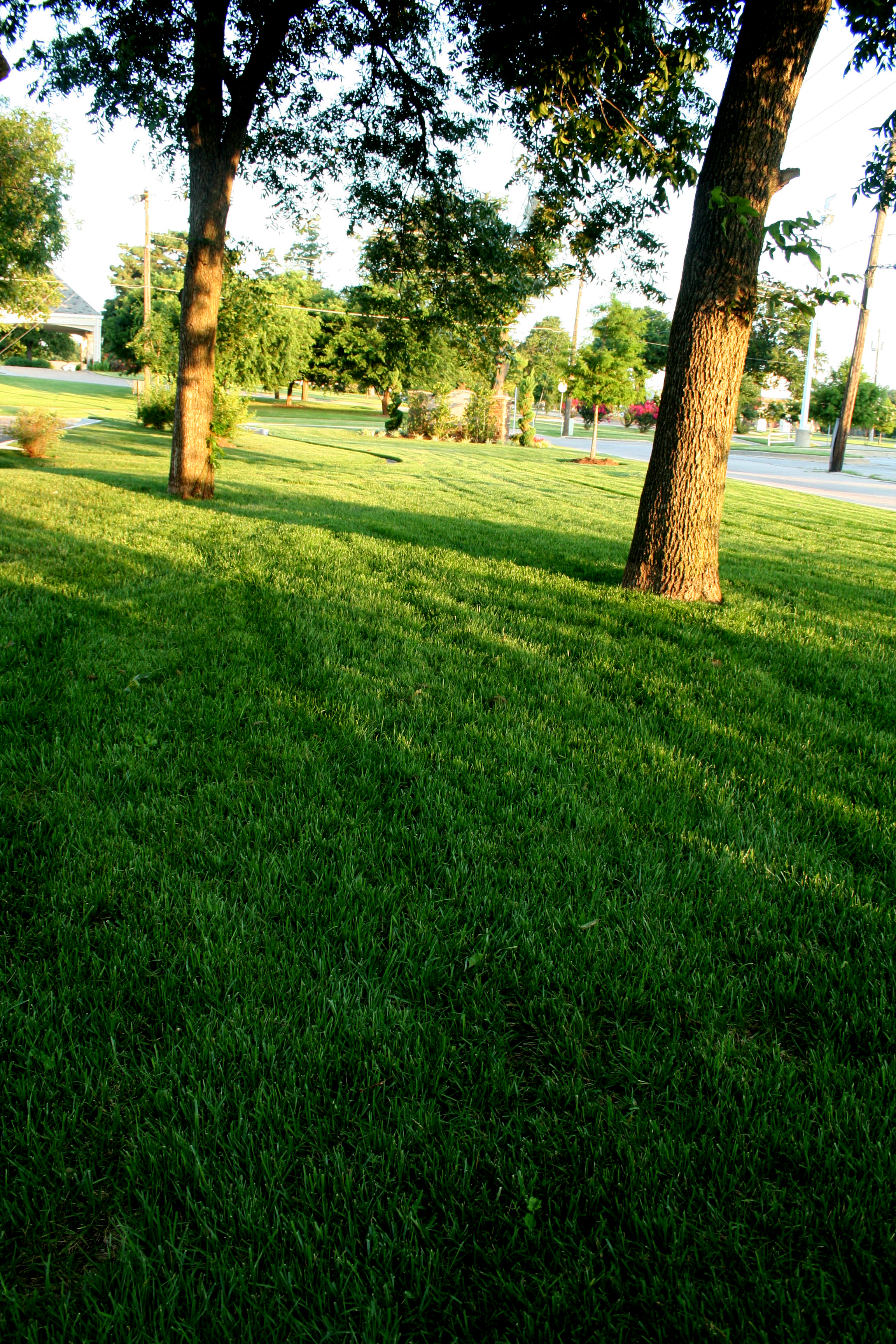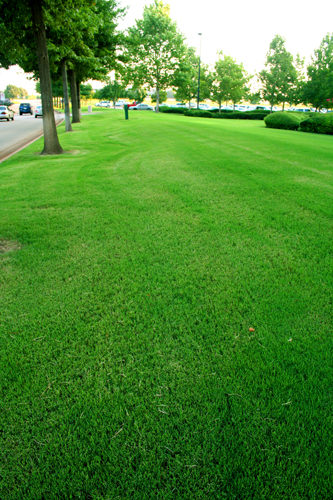What is your lawn doing for you?
Hard to believe, but we have arrived at the mid-point of the lawn care season. That’s right…if you typically mow your lawn 30 times per season, you have probably made 15 trips across your lawn so far in 2024.
So, why do you do it? What motivates you to have a great lawn?
Why does Hall | Stewart Lawn + Landscape have a passion for helping you have your best lawn?
Are all our efforts only in the pursuit of laying claim to the best lawn on the block?
Why do we work so hard to have a great lawn?
Is there anything more to a healthy, green lawn than curb appeal and feeling good about ourselves?
Have you ever pondered what a healthy lawn does for you?
Too often great lawns get a bad rap.
In the race to reduce carbon output and conserve water, have we forgotten the long list of benefits of a healthy lawn?
Concerns over water supplies, herbicides, pollutants, and your carbon footprint have caused some to race toward a more minimalist approach to landscapes and lawns.
Has the American lawn, green, neatly trimmed, symbol of civic virtue, outlived its purpose?
Is it good for the environment when living plants are replaced with artificial materials or hardscape?
Yes, water will be saved. Yes, there will be less fertilizer used.
But is there more to consider?
When it comes to the benefits of turfgrass most people don’t give it much thought. The environmental benefits of a healthy lawn are seldom considered.
Can you answer the question, “What is your lawn doing for you?”
Let’s explore a few things your lawn is doing for you:
Turfgrass captures carbon.
Healthy lawns absorb carbon dioxide and replace it with oxygen. A lawn is simply a grouping of thousands of oxygen making plants.
The average, managed lawn captures more carbon than a lawnmower produces.
The average lawn captures 300 lbs. of carbon per year and has a net positive impact on our environment.
A 2,500 sq. ft lawn, half the size of the average lawn, provides enough oxygen for a family of four.
What is a managed lawn? A lawn that receives regular mowing, some fertilizer and weed control applications. Maintaining a healthy turfgrass environment provides us with a critical component of a healthy world – less carbon.
An Ohio State Study found lawns that received only an occasional mowing and no fertilizer or weed control capture far less carbon.
Maintenance habits have a big influence on whether turfgrass helps or hurts the environment. Lawns cut too short typically create a negative carbon exchange. Weedy lawns, nutrient deficient lawns, and drought stress lawns result in thin lawns that have a negative impact on the environment.
EPA reports that turf grasses in the United States offset the carbon emissions of 5.2 million cars every year.
Actively growing and healthy lawns reduce heat.
A well-maintained lawn around homes can reduce air temperatures on the average 15 to 30 degrees compared to concrete, asphalt or gravel.
The California Energy Commission found the cooling effect of an average size lawn is equal to nearly 9 tons of air conditioning.
Grass cools the air by absorbing solar radiation and through evapotranspiration.
Studies estimate that improved planting and maintenance of lawns and landscapes around homes could reduce total US air conditioning requirements by 25%.
A healthy turf captures pollutants and reduces runoff.
Less runoff increases infiltration of water into the groundwater supply. A dense root system traps and removes pollutants moving through the soil and into the water supply. The natural filtration system of healthy turfgrass improves water quality.
Lawns are the best natural water purifier.
Turfgrass is more effective at stopping erosion than any other plant. Grass naturally slows runoff and allows more water to be absorbed.
Healthy lawns improve air quality.
Healthy lawns contribute to improved air quality by acting as traps for dust and particles. Because a lawn completely covers a soil surface, particles are prevented from being blown to another area.
Compared to hard surfaces, turf grass traps 10 to 30 times more air particles and pollution.
Lawns are a major component of higher home values.
Smart Money reported consumers value a home with a well-maintained lawn and landscape on average 11.3% over the base value.
Well maintained lawns are one of the most important factors individuals and families consider when deciding where to live.
Yes, there is a place for synthetic turf in the landscape as a part of an experiential environment.
Great lawns benefit the community and human health.
Green areas enhance community pride, provide places for people to come together and promote outdoor activity.
Lawns knit neighborhoods together. Lawns connect people.
Studies show people who live and work with a view of lawns and landscapes compared to hard surfaces are found to recover from stress quicker, experience fewer headaches, and are more productive.
Two studies show that children with Attention-Deficit/Hyperactivity Disorder have shown that green spaces, such as lawn areas, experience less severe symptoms.
Studies have also found the noise absorption capacity of turfgrass is significant.
Lawns are where memories are made. No doubt, everyone can easily think of fond memories on the lawn with family and friends.
The belief that well maintained lawns are an environmental liability is short-sighted.
Don’t fall for myth that a healthy lawn isn’t good for the environment.
Water concerns are legitimate. Education on proper watering is important. Deep, infrequent watering, based on the lawn’s needs, is a key to developing a healthy lawn that is good for the environment.
The scientific study “The Role of Turfgrasses in Environmental Protection and Their Benefits to Humans” stated, “the main cause for excessive landscape water use in most situations is the human factor.”
Excessive use of fertilizers and herbicides is a problem. But, when used properly, according to the label, fertilizers and herbicides are important ingredients in creating a healthy lawn that is beneficial to the world in which we live, work and play.
James Beard, Professor Emeritus of Texas A&M, said, “The environmental benefits of turfgrass are the most sensible and economically feasible approach to counter the greenhouse effect.”
So, what has your lawn done for you lately?
Far more than you can imagine!
Lorne Hall
Hall | Stewart Lawn + Landscape
(405)367-3873






